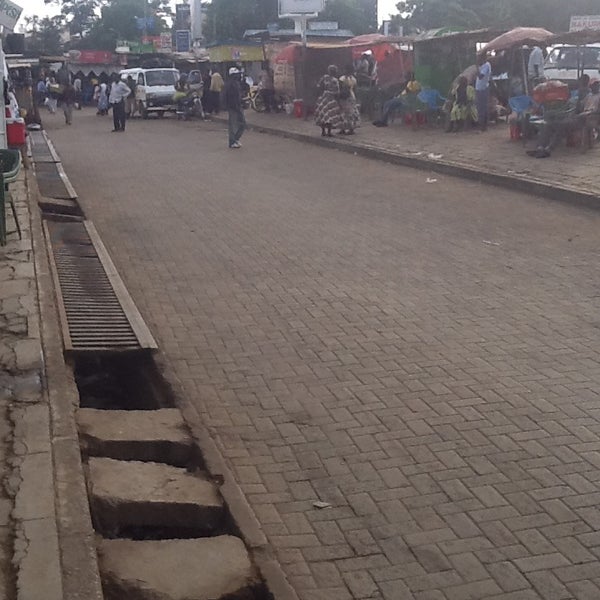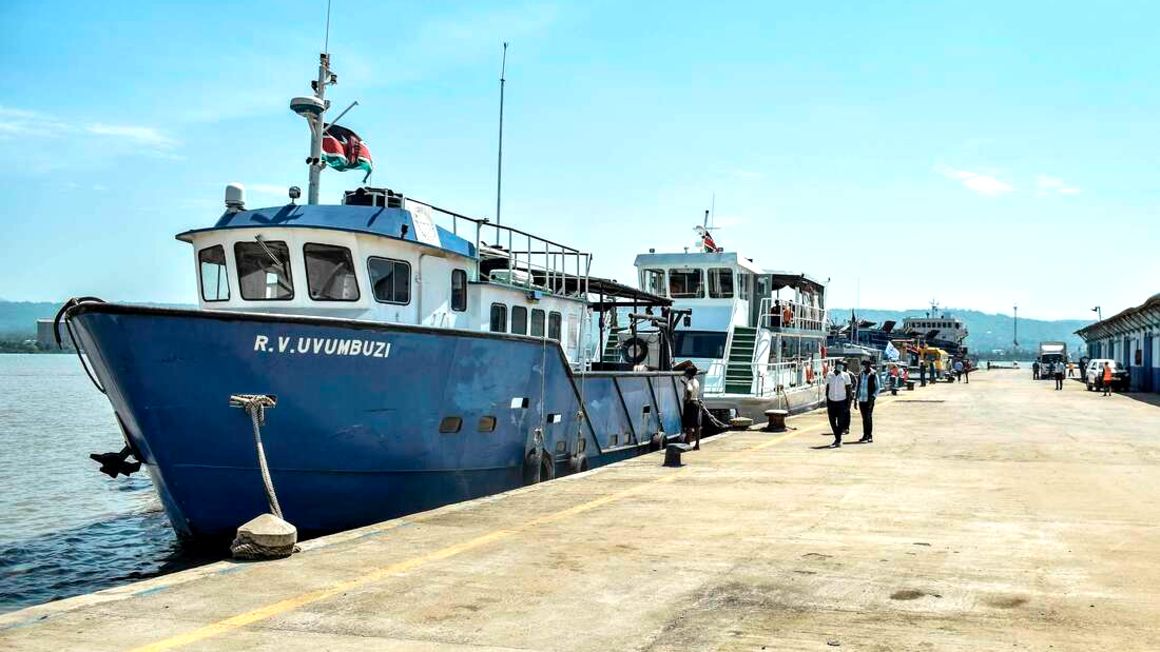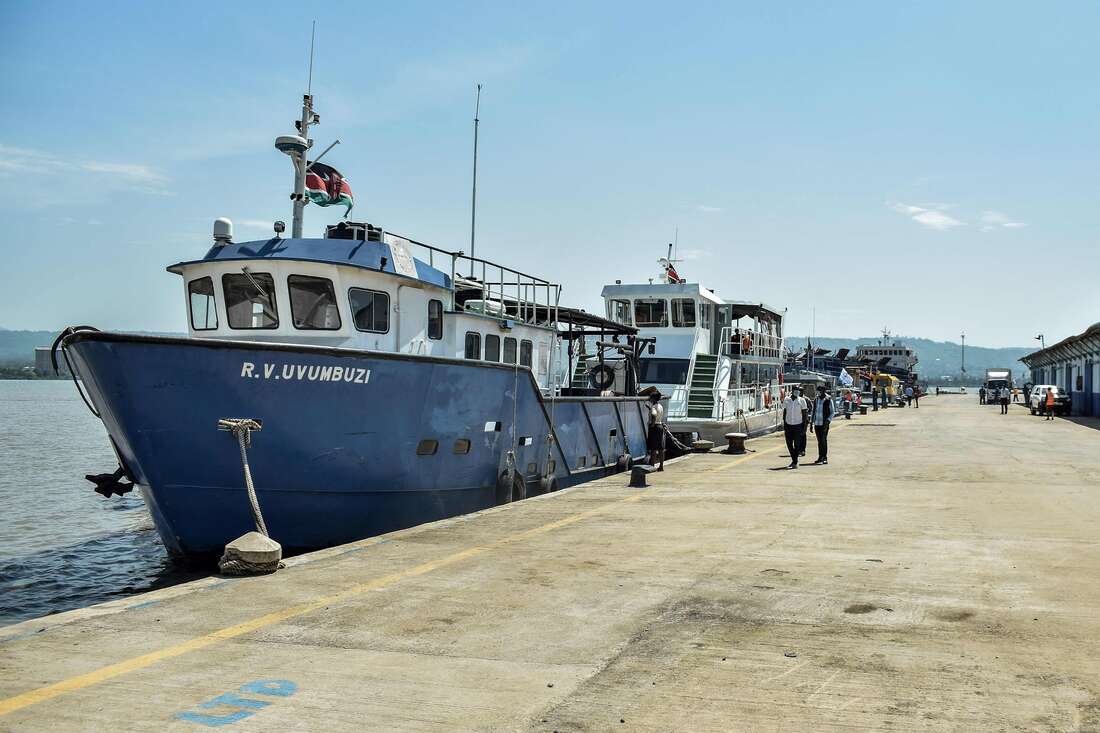Geza Ulole
JF-Expert Member
- Oct 31, 2009
- 59,200
- 79,433
Leta factsDid you really attend any school? Developed countries are reverting to using bicycles as their mode of public transport yet you are here talking nonsense. In fact Kisumu has better integrated mode of Transport than Mwanza, Does Mwanza have NMT? When it comes to shopping I think Mwanza should just compete with Turkana cause it can't withstand any urban center in Kenya. Kisumu has better and more hospitals than Mwanza, ukipinga tunaenza battle ya hospitals, which industries are there in Mwanza? Mwanza ingekuwa na industries mingi kuliko hata Nakuru ingekuwa na GDP kubwa kuliko Nakuru, so forget about Kisumu and Mombasa.
So after vomiting nonsense, here are the facts that you can't deny.
1. Kisumu has bigger economy than Mwanza.
2. Kisumu has more industries than Mwanza.
3. Kisumu has better and longer road network than Mwanza.
4. Kisumu has better hospitality than Mwanza.
5. Kisumu has better real estate than Mwanza.
6. Kisumu has more and better health facilities than Mwanza.
7. Kisumu has more shopping malls than entire Tanzania.
8. Kisumu has better and busier airport than Mwanza.
9. Kisumu port is more efficient than Mwanza port.
10. Kisumu has more sporting facilities than Mwanza.
11. Kisumu is cleaner than Mwanza.
12. Kisumu has more footbridges than Mwanza.
13. Kisumu has more research centers than Mwanza.
14. Kisumu has better modern markets than Mwanza.



